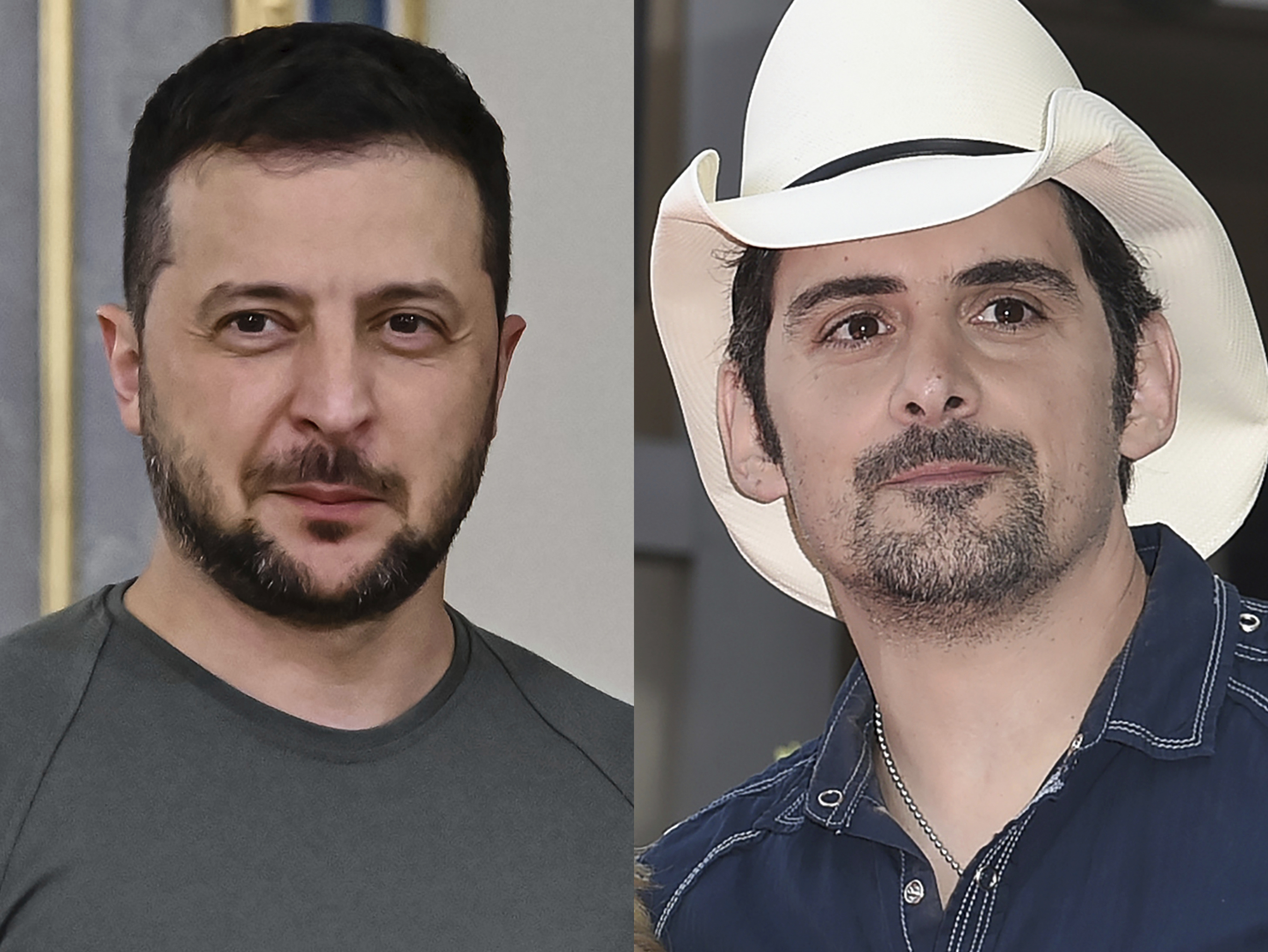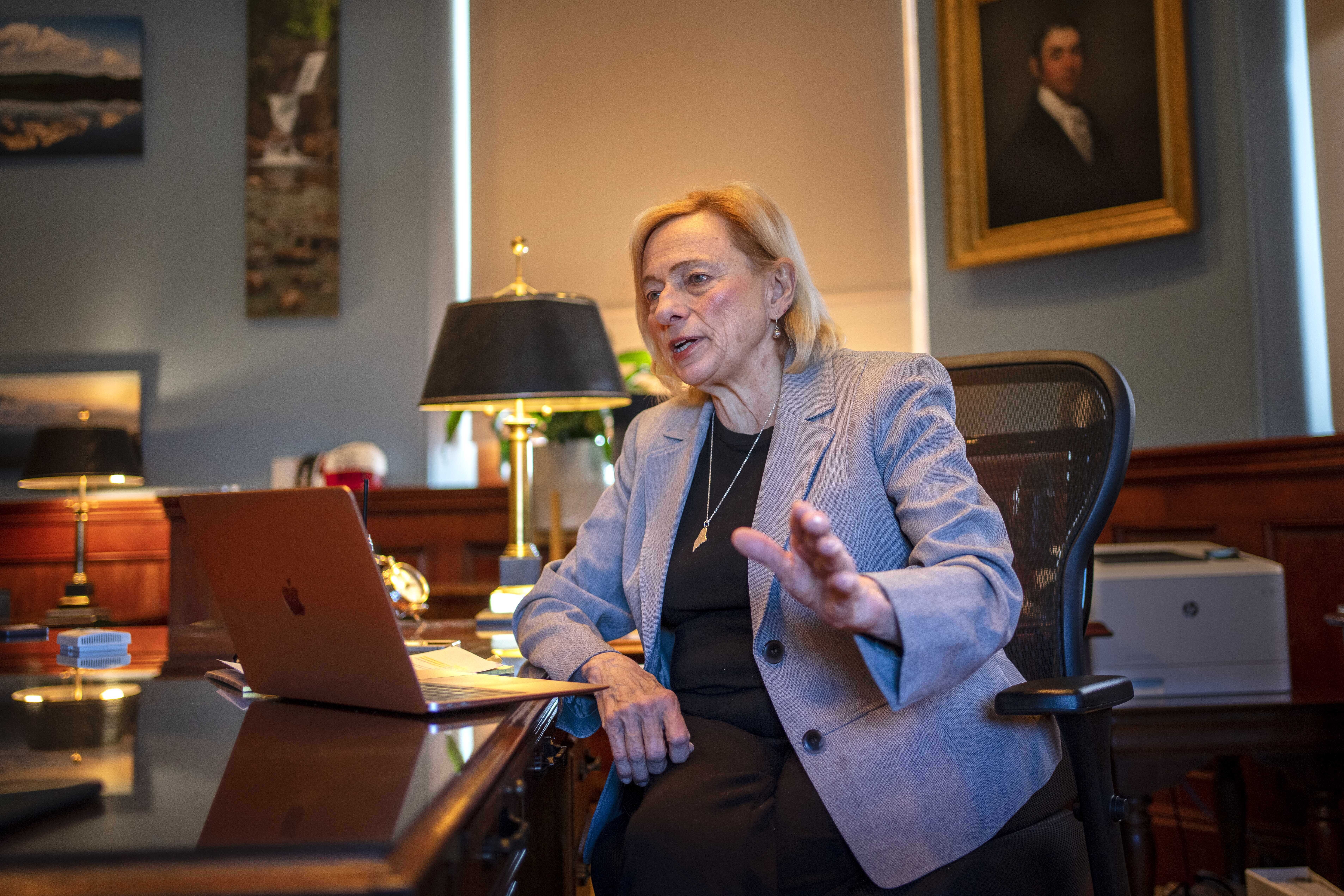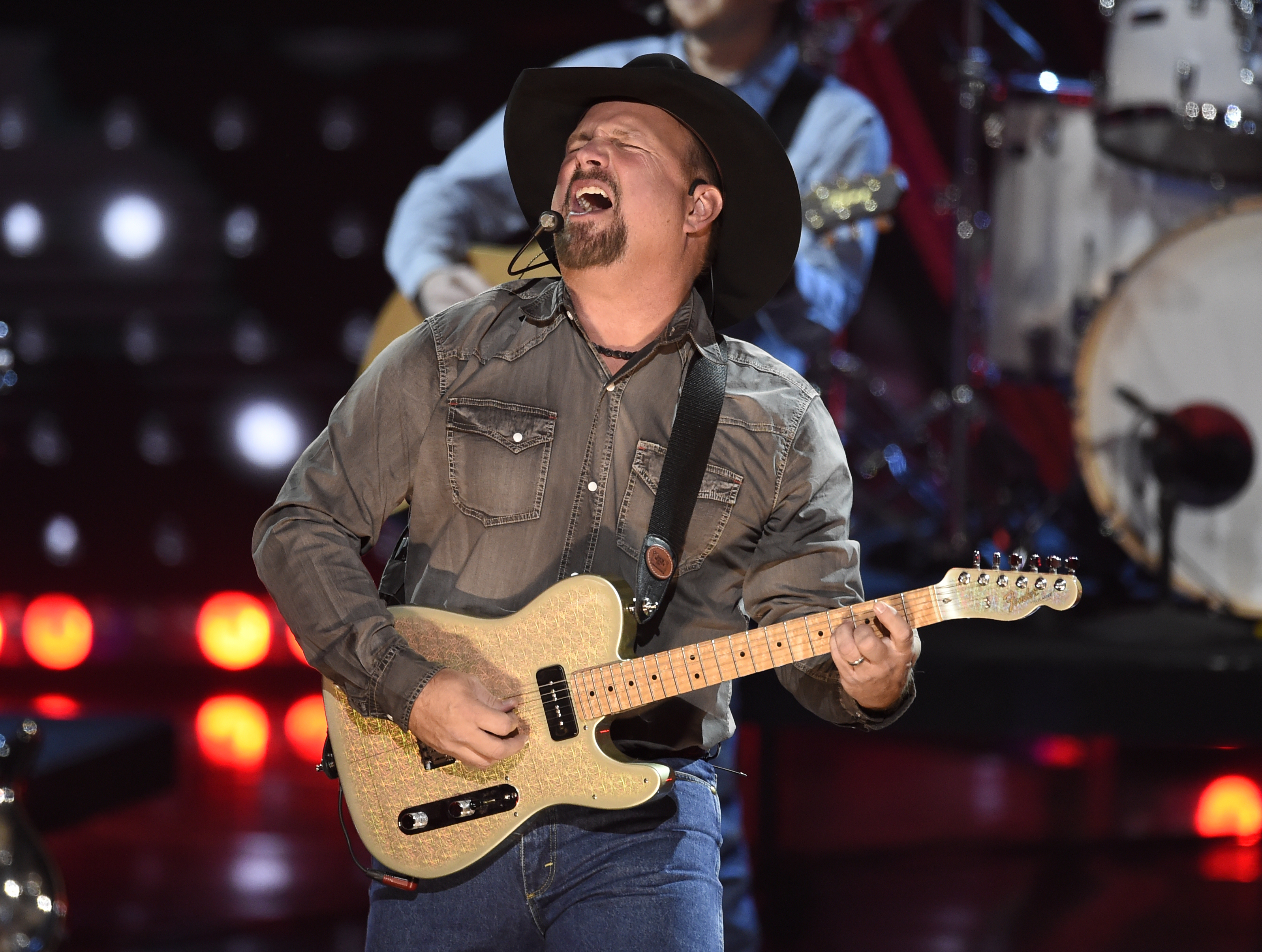Wednesday marks the 46th anniversary of the deadly tornado which hit Lubbock. Some in Lubbock still carry vivid memories of the tornado’s devastation, others are focused on lessening the damage of future storms which may come to the Hub City.
EverythingLubbock.com sat down with Jim Stewart on Wednesday, he is currently the Ag Director for KRFE Radio, but from 1964 to 1974, he said he served on the Lubbock Police force. At that time he was in his late 20’s and he was working the evening the tornado hit
According to the National Weather Service, the tornado was actually the second of two which hit the Hub City. The tornado touched down at around 9:30 p.m. near 19th and University where it then moved northeast, lifting at around 10 p.m. near the Lubbock Municipal Airport.
The tornado killed 26 people and injured over a thousand others. It destroyed 10 thousand cars, and damaged over 8 thousand homes.
Before the tornado hit, Stewart recalled that it was a typical warm day in May, but the police force was keeping an eye on a few severe weather warnings.
“You could see [the storm] building, it started raining, we kept doing what we were doing, and finally it kept raining harder, and by the time we packed up and got in our patrol car,the hail hit,” Stewart said. He recalled that one hailstone came down so hard it came through the top of his patrol vehicle.
Stewart was sent to the East side of town to find the highest point he could and was instructed to watch for the tornado. When he did, he alerted the rest of the police force. As the tornado touched down, Stewart was still in his patrol vehicle.
“It was just massive destruction from 19th Street all the way out to the country club, the airport and that area,” Stewart recalled. “I didn’t realize how bad, all the lights went out, no electricity, especially in that area. Other parts of town, they didn’t know that anything had happened, when they woke up the next morning people didn’t realize there had been a tornado. But anyhow it was just dead silence, I had my siren on and red lights on and I had an eerie feeling there for just a minute that I was the only one there left alive.”
He said the torrential rain didn’t let up until early in the morning after the tornado, after which time the risk of electrocution was high for people who are trying to go out and about.
Stewart explained that the main fire department was destroyed and toppled power lines were arcing with electricity in the streets.
He recalled the national guard coming in to help and the then-governor arriving to survey the damage.
Overall, Stewart said the damage could have been much worse if the tornado had touched down earlier in the day when more people were out and about.
“We were very lucky it didn’t hit any of the dorms at downtown Texas Tech,” Stewart said. “The good lord was looking out for us, because it should have been a lot more than 26 people killed with this type of tornado.”
In the two weeks that followed, Stewart said he worked 12 hour days and saw damage: from a little girl whose arm had been blown off, to traffic confusion around town, to objects lodged in bizarre places due to the high winds.
Stewart also had the difficult task of supervising the morgue where the people killed by the tornado were brought into, he said he knew three of the victims of that storm.
He believes during the aftermath of the tornado, the Lubbock community leaders and citizens rallied together to help the city pick up the pieces.
“I think a lot of the camaraderie, people that went through, they still talk about how everybody just banded together,” he said.
Stewart said that Lubbock didn’t have nearly as much warning about the storm in 1970 as the city does now for weather events.
Jody James, the Warning Coordinator at NWS Lubbock, said that technology in predicting and protecting against tornadoes has increased dramatically over the last 40 years.
“In 1970 we were just sort of at the beginning of understanding thunderstorms and the new technology,” James explained. “Some of it was just starting to come on, we’ve just made so many updates. One of the first that comes to mind is radar: we deployed sort of a new generation of radars back in the 1990’s, it is still a powerful radar, you can see rotation inside the storms that we couldn’t see back in the 1970’s.”
But, James explained, even though weather technology is improving, leaders in weather have a long way to go in understanding the social science in how people heed weather warnings.
He added that in the information age, it’s crucial for people who live in areas like Lubbock with tornado risk to pay close attention to alerts on TV, radio, or any other medium they can access.
“Some folks in the weather service before the Joplin tornado thought the days of hundreds killed in tornadoes were over, that was something that happened many many decades ago,” James said. “So you take Joplin, you have a city that’s a fifth the size of Lubbock, and you have over 160 people killed there, that’s also a reminder that if people get caught in those 200 mile per hour winds, you know technology or not, unless you’re in a structure below ground or a tornado reinforced room, it’s very difficult to survive.”
Despite a below average amount of severe weather on the South Plains recently, Jones doesn’t want the public to get complacent about tornado preparedness. He recommends that residents in Lubbock invest in a weather radio, just in case.










